Ravenna is a great city for those who love visiting monuments. Today, beautiful buildings included in the UNESCO World Heritage List are visited by visiting tourists. Also here in Ravenna, in the Basilica of St. Francis, there is the grave of Dante Alighieri, author of the “Heavenly Comedy”. And 10 minutes from the city center there are provincial seaside towns with not too crowded beaches, and the Mirabilandia amusement park is nearby.
Ravenna is a city and comune in northern Italy in the Emilia-Romagna region, capital of the province of Ravenna. The city is located on a plain at the confluence of the Ronco and Montone rivers, 10 km from the Adriatic Sea, to which it is connected by a navigable canal.
Buildings On The UNESCO List

La Basilica di San Vitale a Ravenna
The Basilica of San Vitale (St. Vitalis) is one of the most famous monuments of Ravenna and is included in the UNESCO World Heritage List along with other buildings collectively defined as “Early Christian Monuments of Ravenna”. Construction of the basilica began in 532 during the time of Bishop Ecclesio, and it was completed in 547 by his successor, Archbishop Maximian. The church is built on an octagonal plan and is topped with an octagonal dome.

Orthodox Baptistery in Ravenna
One of the best-preserved baptisteries built in the 5th century and also the oldest monument in Ravenna. Since 1996, it has been included on the UNESCO World Heritage List. The baptistery was created from a rebuilt Roman bath. The work began in the 4th century and took its final shape in the second half. 5th century in the times of Bishop Neon. It was built as an annex to the great basilica, destroyed in 1734. The octagonal brick building, designed in a central plan and covered with a low tented roof covered with tiles, is illuminated by eight windows.
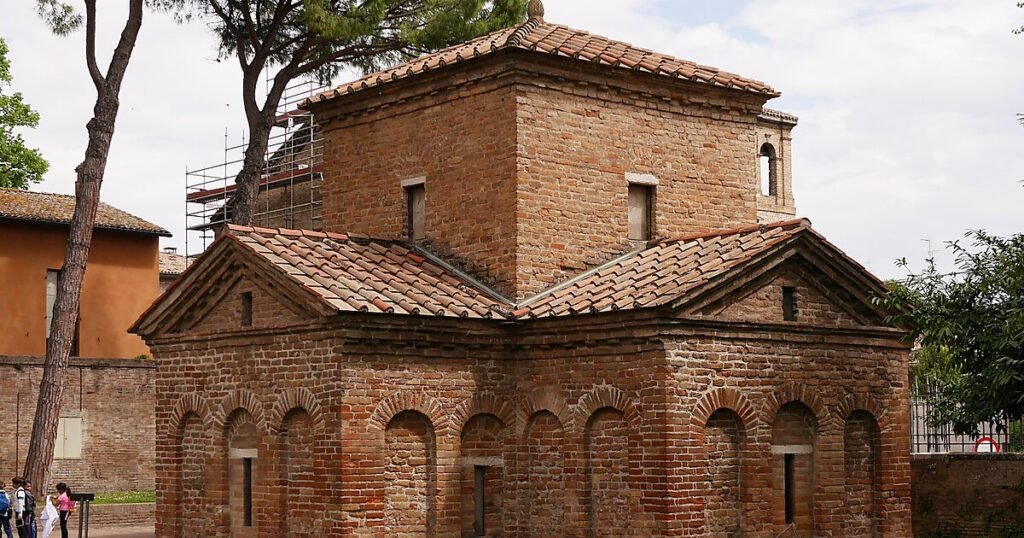
Mausoleum of Galla Placidia


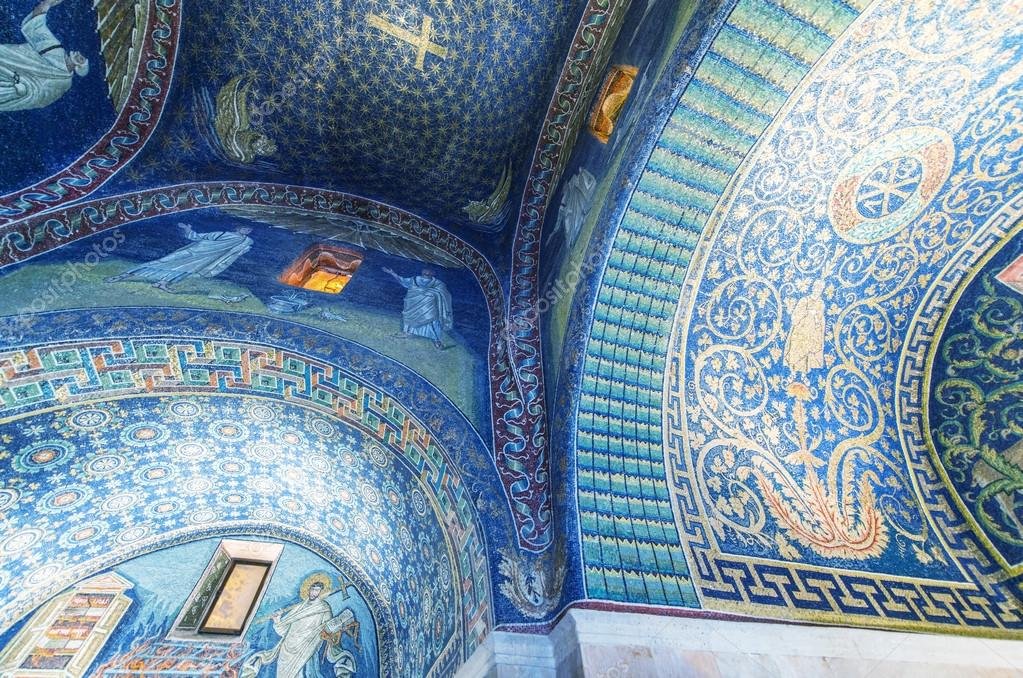
Mausoleum of Galla Placidia
Mausoleum of Galla Placidia – one of the main attractions of Ravenna, located near the Basilica of San Vitale. The tomb, built in the second half of the 5th century. The interior is decorated with mosaics in the Byzantine style, which are believed to be ancient in Ravenna.
Interestingly, despite the fact that the mausoleum is dedicated to Galla Placidia, the daughter of Emperor Theodosius the Great, her body is not buried here. Galla died in Rome in 450 and was probably buried in the Theodosia family tomb near St. Peter’s Basilica. And the mausoleum in her name was included on the UNESCO World Cultural Heritage List in 1996
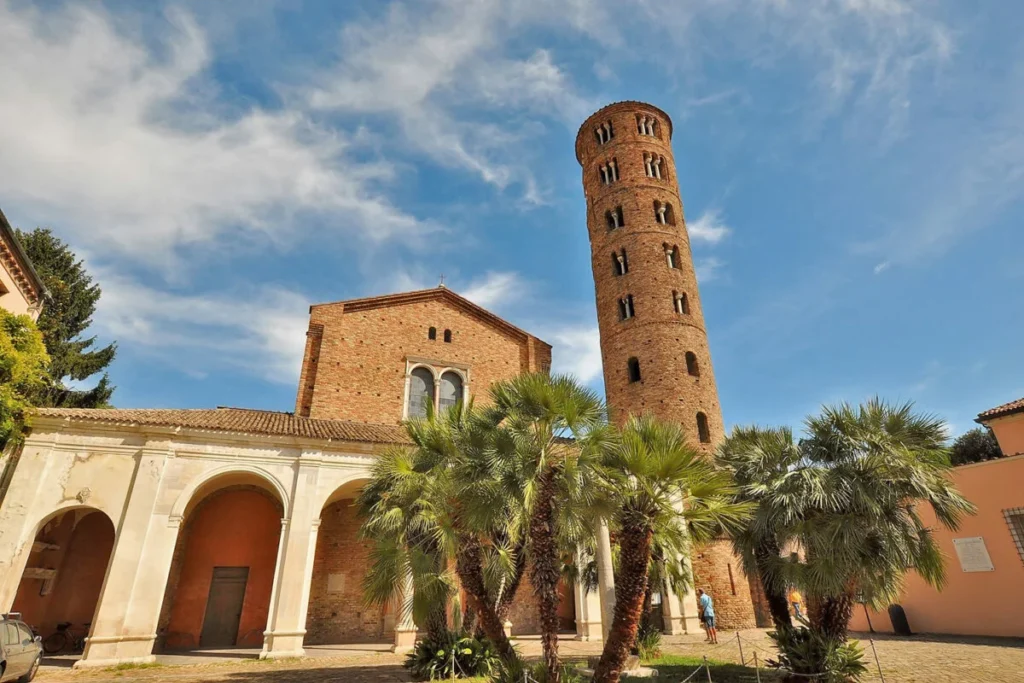
Basilica of Sant’Apollinare Nuovo

Basilica of Sant’Apollinare Nuovo


One of the early Christian monuments, also included in the Byzantine period, inscribed on the UNESCO World Heritage List in 1996. And one of the most mysterious representations of the Three Kings is located in the Basilica of St. Apollinare (Sant’ Apollinare Nuovo) in Ravenna. On a mosaic from the 6th century AD, the names of the wise men from the East appear for the first time in history: Casper, Melchior and Balthazar.

Basilica di Sant’Apollinare in Classe
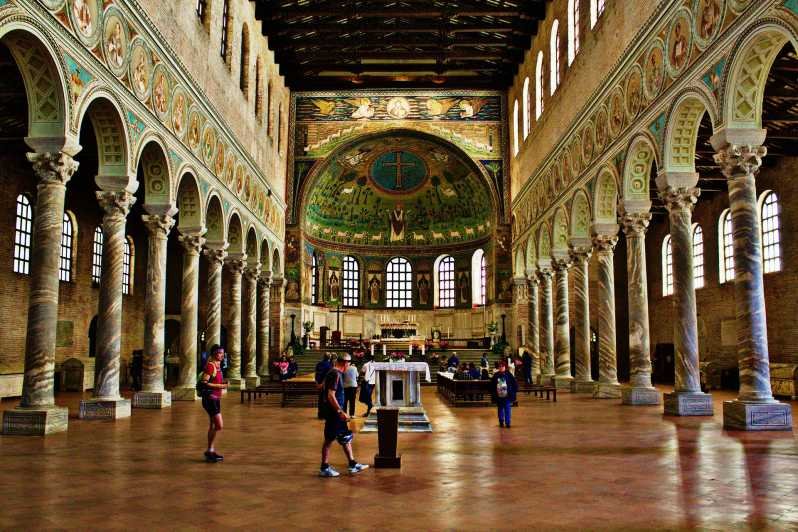
Basilica di Sant’Apollinare in Classe
Sant’Apollinare in Classe – a basilica located in the port of Ravenna, about 8 km from the city center. One of the early Christian monuments, included in the UNESCO World Heritage List in 1996, considered to be the art of the Byzantine period. The church was consecrated in 549 by Bishop Maximian. It is a three-nave basilica with an apse decorated with mosaics. The mosaics on the apse vault and on most of the chancel arch come from the mid-6th century. The mosaics between the windows and in the lower part of the arcade are later.
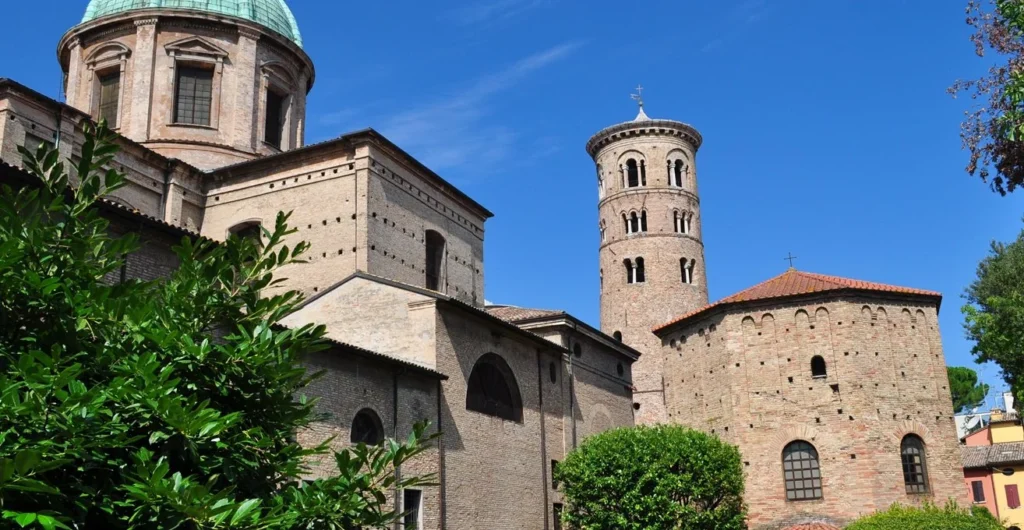
Chapel of the Archbishop’s Palace


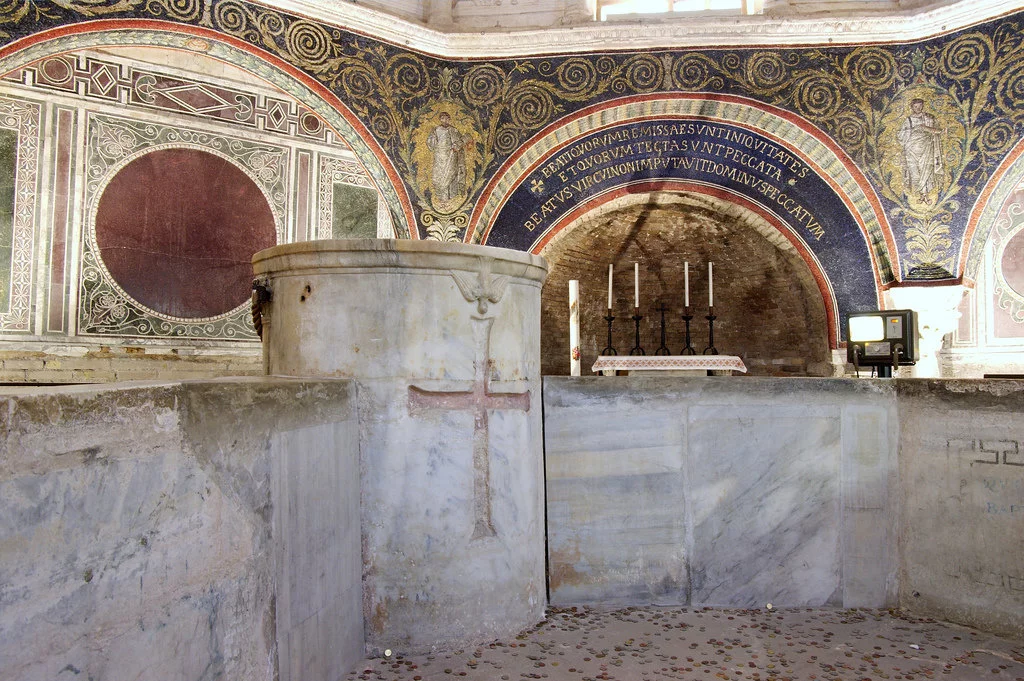
Chapel of the Archbishop’s Palace

Chapel of the Archbishop’s Palace in Ravenna (Italian: Cappella del Palazzo Arcivescovile, also known as the Chapel of St. Andrew – Cappella di Sant’Andrea) – a chapel in the palace of the Archbishops of Ravenna, built by Bishop Peter II, who held his office in the years 494–519. It is part of the Early Christian Monuments in Ravenna complex, which was included on the UNESCO World Heritage List in 1996. This is the only early Christian chapel that has survived intact to this day.
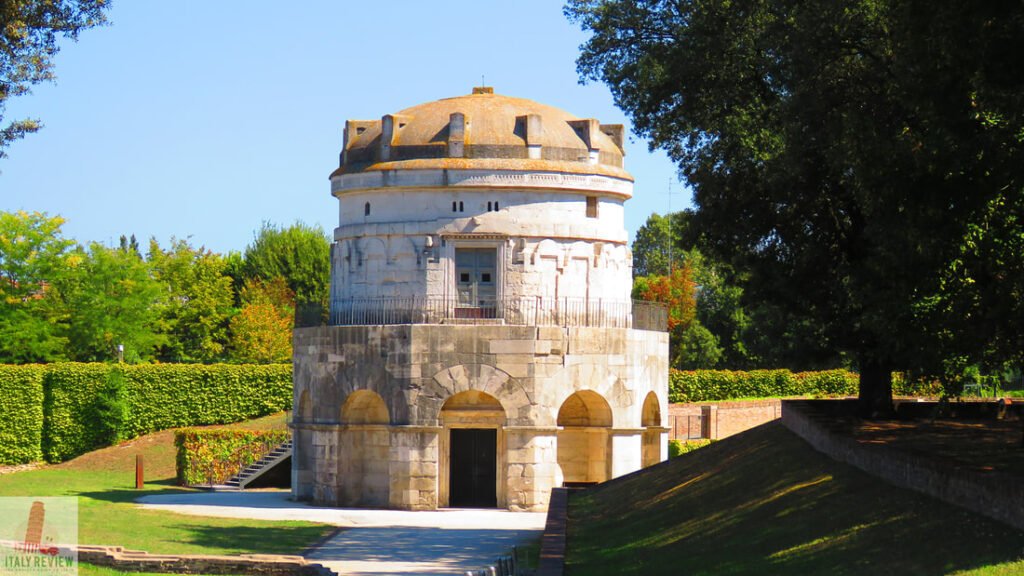
Mausoleum of Theodoric
The Mausoleum of Theodoric is one of the characteristic buildings in Ravenna included in the UNESCO World Cultural Heritage List. Among other early Christian monuments that are legally famous for their Byzantine mosaics, the Mausoleum of Theodoric is important primarily as the only surviving tomb of a late Roman, pre-medieval “barbarian” king. The interior of the mausoleum is empty – many visitors can discover the free top above the fence.
My traveler, discover the history of Ravenna and visit all the monuments included in the UNESCO list. Religious buildings with numerous beautiful mosaics are waiting for you to discover their past.


